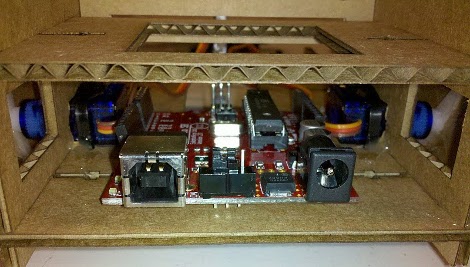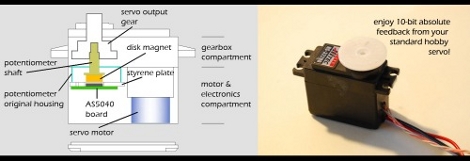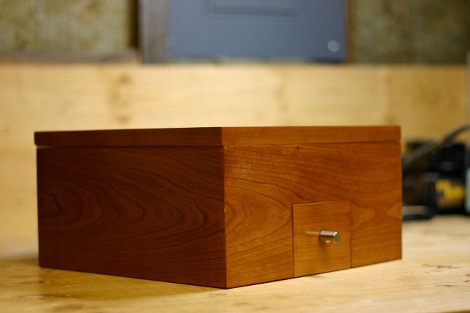
[Iain Gildea] tipped us off about a drill-powered coffee grinder he made but it was the floppy-disc augmented reality display a few paragraphs down that caught our attention. He’s taken 36 white floppy discs, sprayed one side black, then mounted them each with a center pivot into a 6×6 grid. Through a convoluted system of pulleys and servo motors the display can be manipulated to produce augmented reality markers. After the break you can see the display itself, then the result of viewing it through a webcam.
We’re amused, but also scratching our heads. There must be an easier way, such as a light-up grid covered in dark plexi or something along those lines. But then again, it’s his hack and he can do what he wants… and he seems to have a thing for floppies.
Continue reading “Floppy Disk Augmented Reality Is A Head-scratcher”















